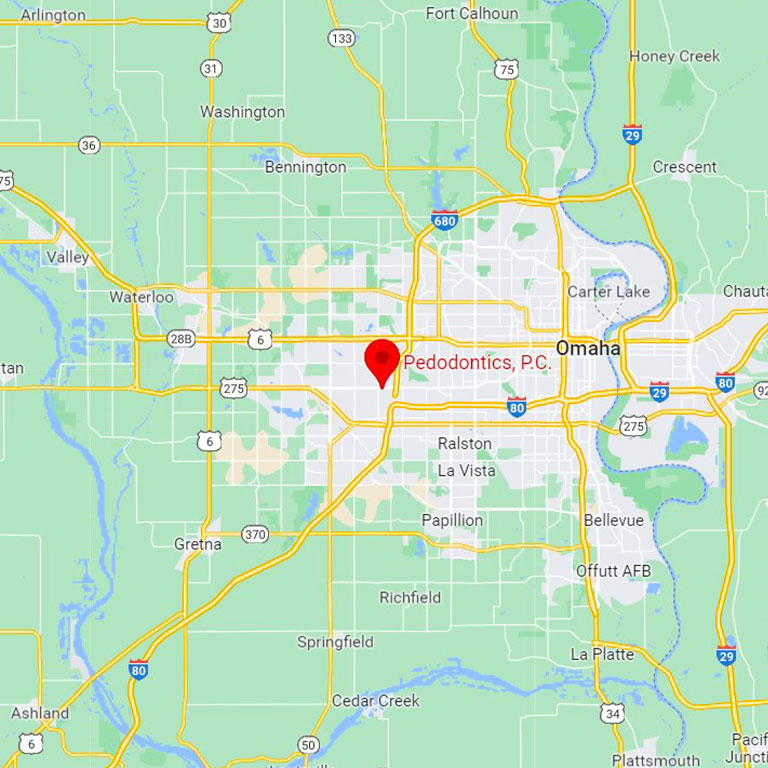How To Choose the Right Braces for Kids
When you have a child who needs braces, it can be hard to know what kind is right for them. Invisible braces can be a good option in some cases, as can simple retainers or traditional metal braces.
For help choosing braces in Omaha, NE, visit us at Pedodontics, P.C. We offer caring pediatric dentistry and orthodontics for both children and young adults and are here to help you with any dental care questions you have.
Invisible Braces
Invisible braces are a clear solution for children and teens who need braces but who don’t like the appearance of metal or ceramic options. They’re not as obtrusive in their appearance, and they also reduce the discomfort that can be felt with metal or ceramic materials.
Metal and Ceramic Braces
Metal and ceramic braces are two other options. These braces are made more traditionally and are permanently placed in the mouth until they are removed at the end of treatment. Metal brackets are made from high-grade stainless steel, and ceramic braces have a more natural appearance to make them less obvious.
Lingual Braces
A final option includes lingual braces. These braces are placed on the backs of the teeth, so they’re not seen when smiling. They work just like traditional metal braces, but they do cost more than standard braces.
Contact Our Office for Pediatric Braces in Omaha, NE
If you’re ready to learn more about different options for braces in Omaha, NE, reach out to our pediatric orthodontist at Pedodontics, P.C. We’re here to help you schedule an appointment and choose the right style of braces to help improve the alignment and function of your child’s teeth.












